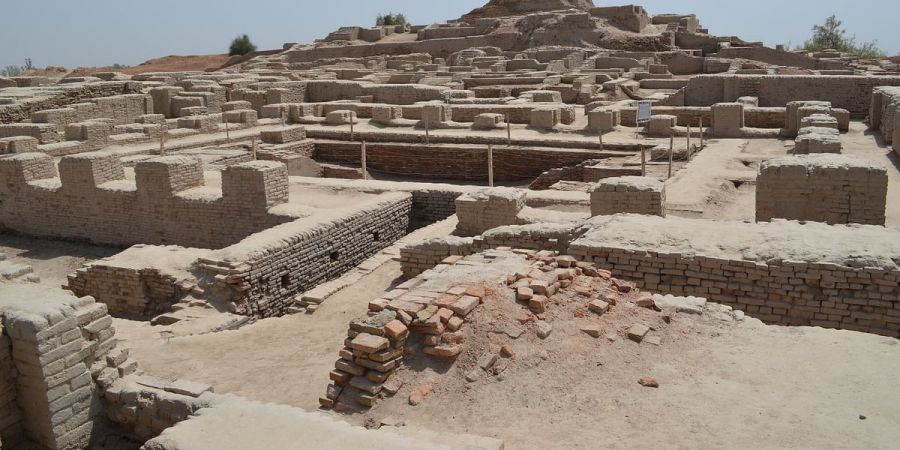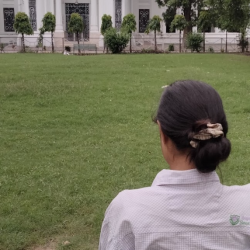

Hi friends,
Thank you for supporting me till now, keep supporting me further. Protohistory is the period between prehistory and history. Human ancestors are likely to be evolved in Africa. The human species that migrated out of Africa is called homoerectus. Several species migrated to various adapting to different living conditions and responding to diverse ecozones. This led to the pluralistic belief and system. The life of foraging through nomadic pastoralism led to the mature stage of living in the Bronze age.
The period before the development of the script is called Prehistory. it is also referred to as the stone age. The period before the invention of the script is classified into three
It was named based on the materials that they used. for example, greenware culture as the Iron age, geographical region (IndusInd s), and first sites discovered(Archeulian or Harappan). the earliest age of history is known as the old stone age or Palaeolithic.
The period after the old stone age is called the Mesolithic age. Followed by the Mesolithic is Neolithic Age. In this age, animal domestication and plant were grown which led to food production.
Since Harappa was the first site to be discovered it is also called as Harappan civilization. Harapan culture is divided into three phases
Early Harappan
Mature Harappan
Late Harappan
The urban phase was prevalent in the Matured phase and began to decline afterwards. The Harappan site was first visited by Charles mason and then Alexander burned. The site of the Harappa was destroyed for laying the railway line from Lahore to Multan. And then the seal from this site reached Alexander Cunningham who is the first surveyor of the Archaeological Survey of India. He didn't realise the importance of the site and then Sir John marshall took over as the General of ASI and then initiated the research. he played an important role in the development.
Mehrgarh is the area in which agriculture and animal domestication start very early. And then urban centres were developed.
Well, planned towns and streets, lanes and drainages are noticed. They used baked and unbaked bricks and stones for construction. The site of the Mohenjo-Daro had planned town and was built on a platform. It had two distinct areas.
One is a citadel and the other has a lower town. The houses had bathrooms with proper drains. Some houses had stairs indicating the upper floor. The Citadel area was used by the public or select residents.
And more about the Indus Valley civilization will be continued in the next part.
Kindly give a like and follow for immediate follow back.












